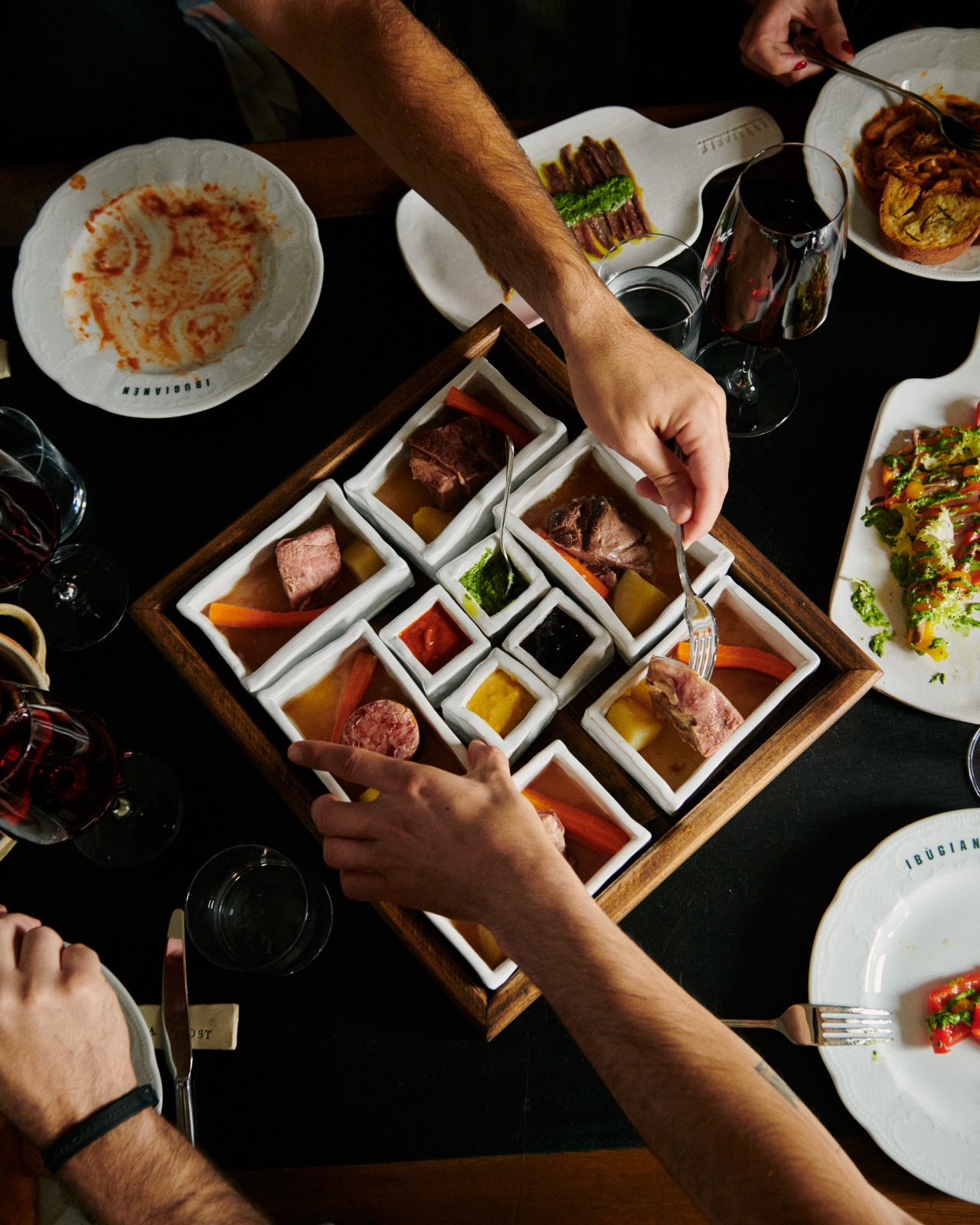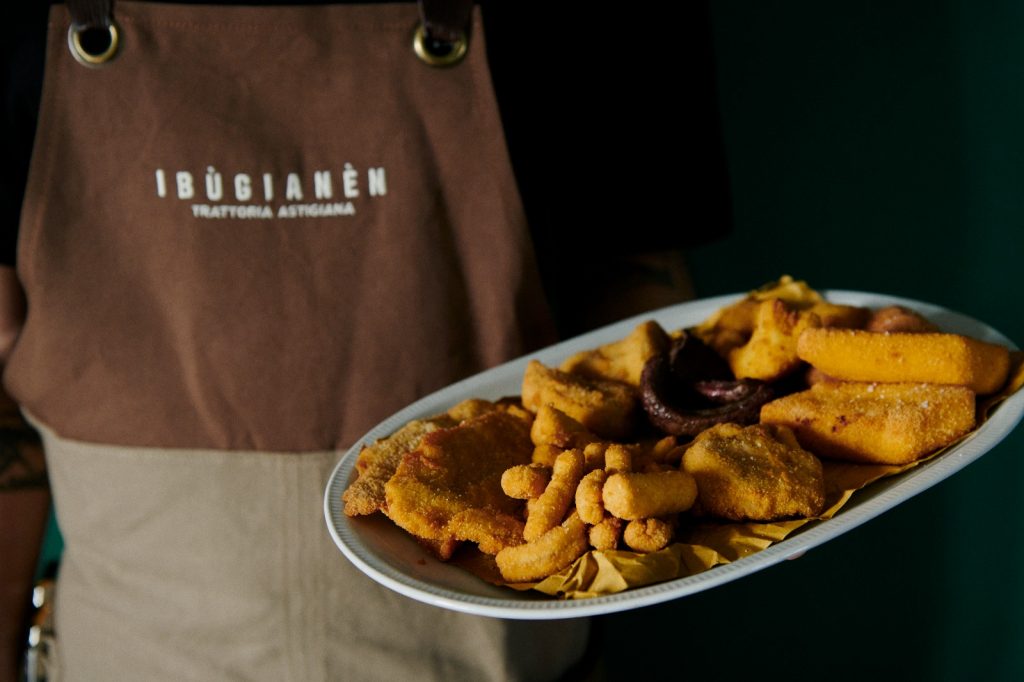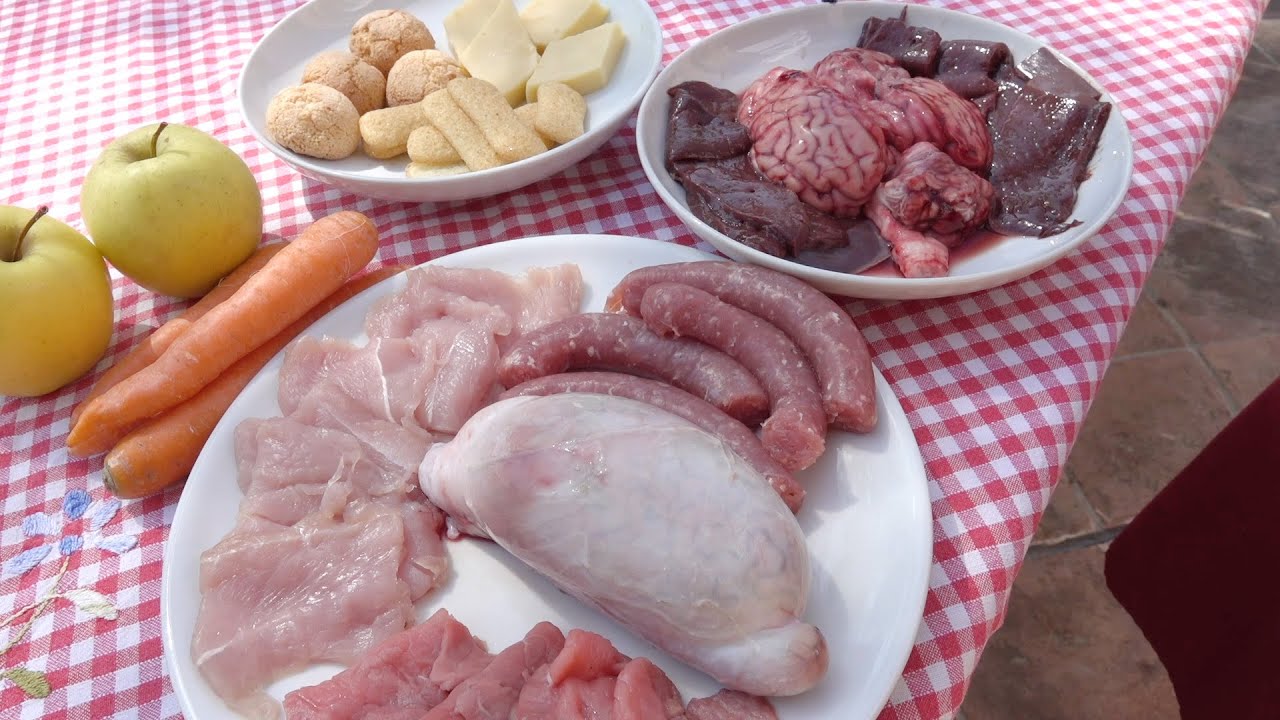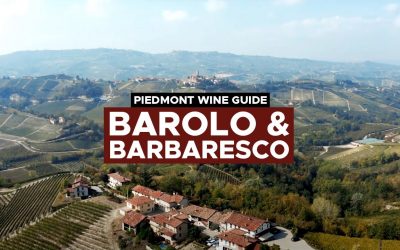Bollito Fritto alla Piemontese or Piedmontese fried boiled meat
Piedmontese cuisine is renowned for its rich flavors and traditional dishes that showcase the region’s culinary heritage. One such dish that holds a special place in the hearts of Piedmontese locals is Bollito Fritto alla Piemontese, or Piedmontese fried boiled meat. This delectable dish has a long history and deep cultural significance in the region, making it a true icon of Piedmontese cuisine.
In this article, we will delve into the origins and evolution of Bollito Fritto alla Piemontese, explore its cultural importance, master its ingredients and preparation, discover how to serve and pair it, and even showcase modern interpretations of this beloved culinary gem. Join us on a journey through the flavors and traditions of Piedmont as we celebrate the enduring appeal of Bollito Fritto alla Piemontese.
The Significance of Bollito Fritto alla Piemontese in Piedmontese Cuisine

Bollito Fritto alla Piemontese or Piedmontese fried boiled meat in english, holds a significant place in the culinary heritage of the Piedmont region in Italy. This traditional dish showcases the unique flavors and techniques that have been passed down through generations, making it an integral part of Piedmontese cuisine.
The dish originated in the Piedmont region, known for its rich culinary traditions and appreciation for quality ingredients. Bollito Fritto alla Piemontese was initially created as a way to utilize leftover boiled meats from the classic Piedmontese dish, Bollito Misti. The fried preparation not only added a different texture and flavor but also extended the shelf life of the meat. Over time, Bollito Fritto alla Piemontese has evolved into a standalone dish, cherished for its crispy exterior and tender, flavorful interior. The dish typically consists of a variety of meats, such as beef, pork, chicken, and veal, which are boiled until tender and then coated in a seasoned batter before being deep-fried to perfection.
The significance of Bollito Fritto alla Piemontese goes beyond its taste and preparation. It is deeply rooted in the cultural fabric of Piedmont, being a staple at various festivals, family gatherings, and regional traditions. The dish is often enjoyed during important celebrations, such as Christmas and Easter, bringing families and communities together.
Unraveling the Origins and Evolution of Bollito Fritto alla Piemontese

The origins of Bollito Fritto alla Piemontese can be traced back to the Piedmont region in northern Italy. Historically, this dish was born out of the need to make the most of every part of the animal, as Piedmontese cuisine heavily relies on utilizing all cuts of meat.
In the past, Bollito Fritto alla Piemontese was a way to transform cuts of boiled meat, such as beef or veal, into a delicious and crispy dish. By frying the boiled meat, it created a new texture and enhanced the flavors, making it a popular choice among the locals. Over time, the preparation and consumption of Bollito Fritto alla Piemontese have evolved. Originally, it was a peasant food, enjoyed by the working class who needed a hearty and affordable meal. However, as the dish gained popularity, it found its way into the homes of the wealthier Piedmontese families and eventually became a staple in their cuisine.
With the advent of modern cooking techniques and the influence of international cuisine, Bollito Fritto alla Piemontese has also seen some adaptations. Chefs in Piedmont and around the world have experimented with different cuts of meat, adding their own twists to the traditional recipe. Some chefs may use pork or chicken instead of beef or veal,
Bollito Fritto alla Piemontese: A Cultural Icon in Piedmont and Italy
Bollito Fritto alla Piemontese holds a special place in both Piedmontese and Italian culture, serving as a cultural icon that represents the rich culinary heritage of the region. This beloved dish has become synonymous with family gatherings, festivals, and regional traditions, making it an integral part of the local identity.
In Piedmont, where the dish originated, Bollito Fritto alla Piemontese is deeply ingrained in the local culinary traditions. It is often enjoyed during important family celebrations, such as weddings or Christmas feasts, where it takes center stage on the dining table. The dish brings people together, creating a sense of community and togetherness that is cherished in Piedmontese culture.
The importance of Bollito Fritto alla Piemontese extends beyond family gatherings. It is also commonly served during festivals and local events, showcasing the pride Piedmontese people have in their traditional cuisine. Visitors to the region can often find food stalls and restaurants dedicated solely to serving this iconic dish during these festivities, further emphasizing its cultural significance. Furthermore, Bollito Fritto alla Piemontese has become a symbol of Italian gastronomy as a whole. It represents the traditional approach to cooking and the use of local, high-quality ingredients that Italy is renowned for.
Mastering the Ingredients and Preparation of Bollito Fritto alla Piemontese

To truly appreciate and enjoy Bollito Fritto alla Piemontese, it is important to understand the key ingredients and the traditional method of preparation. This dish showcases the Piedmontese love for simplicity and quality ingredients.
The main ingredient of Bollito Fritto alla Piemontese is, as the name suggests, boiled meat. Traditionally, cuts like beef brisket, chicken, or veal tongue are used. These cuts are simmered in a flavorful broth, typically made with aromatic vegetables such as carrots, onions, celery, and herbs like bay leaves and thyme. This slow cooking process results in tender, succulent meat that forms the foundation of the dish.
Once the meat is cooked, it is important to let it cool down before proceeding with the frying step. This allows the flavors to develop further and ensures a better texture for the final dish. The meat is then cut into small pieces or slices, ready to be coated and fried.
The coating for Bollito Fritto alla Piemontese is another crucial element. A light, crispy batter is created by combining flour, eggs, and a pinch of salt. Some variations may also incorporate beer or sparkling water to add extra lightness and crispness to the batter. The meat is coated with this batter, ensuring an even and thin layer that will fry up beautifully.
Indulge in Tradition: Serving and Pairing Bollito Fritto alla Piemontese
When it comes to experiencing the true essence of Piedmontese cuisine, indulging in Bollito Fritto alla Piemontese is a must. This traditional dish is a beloved staple in the region, and its serving and pairing methods are deeply rooted in Piedmontese tradition.
Serving Bollito Fritto alla Piemontese is an art in itself. The dish is typically presented on a large platter, showcasing an array of perfectly fried and golden pieces of meat. The meat used in this dish is traditionally boiled before being fried, resulting in a succulent and flavorful texture. It is common to find a variety of meats such as beef, pork, veal, and chicken in a Bollito Fritto alla Piemontese platter, each offering its unique taste and tenderness.
When it comes to pairing Bollito Fritto alla Piemontese, Piedmontese wines are the natural choice. The region is renowned for its exceptional wines, and they complement the dish perfectly. A full-bodied red wine, such as a Barolo or Barbaresco, pairs beautifully with the rich flavors of the fried boiled meat. The tannins in these wines help cut through the richness of the dish, providing a harmonious balance on the palate.
From Classic to Contemporary: Modern Interpretations of Bollito Fritto alla Piemontese
In recent years, traditional dishes have experienced a resurgence in popularity, with chefs putting their own unique twists on classic recipes. Bollito Fritto alla Piemontese, a beloved dish in Piedmontese cuisine, is no exception to this trend. While the traditional preparation of this dish remains cherished, contemporary chefs have found innovative ways to reinterpret and adapt it, appealing to modern palates and culinary trends.
One modern interpretation of Bollito Fritto alla Piemontese involves experimenting with different cuts of meat. While the traditional recipe calls for boiled meats such as beef, veal, and chicken, some chefs have started to incorporate other types of proteins into the dish. For example, they may use pork or even seafood like shrimp or calamari. This allows for a wider range of flavors and textures, appealing to those who may not typically enjoy the traditional meat options.
Another contemporary take on Bollito Fritto alla Piemontese involves playing with the batter used to fry the meat. While the classic recipe calls for a simple flour and water batter, chefs have begun to experiment with different types of flours and liquids. Some may use beer or sparkling water instead of plain water, resulting in a lighter and crispier coating. Others may incorporate different types of flours, such as cornmeal or rice flour, to add a unique texture and flavor to the dish.
Celebrating Heritage: The Enduring Appeal of Bollito Fritto alla Piemontese
Bollito Fritto alla Piemontese holds a special place in the hearts and palates of those in the Piedmont region of Italy. This traditional dish, which combines the techniques of boiling and frying, has been a staple of Piedmontese cuisine for centuries. Its enduring appeal lies in its ability to showcase the rich culinary heritage of the region while providing a truly delicious and satisfying dining experience.
Piedmontese cuisine is known for its emphasis on simplicity and quality ingredients, and Bollito Fritto alla Piemontese is no exception. The dish traditionally consists of boiled meats, such as beef, veal, and pork, which are then lightly coated in flour and fried until golden and crispy. The result is a mouthwatering combination of tender, succulent meat encased in a flavorful and crunchy exterior.
The historical significance of Bollito Fritto alla Piemontese can be traced back to the rural traditions of the Piedmont region. In the past, when meat was a precious commodity, families would gather together to celebrate special occasions and feast on this hearty dish. It became a symbol of abundance and togetherness, representing the importance of community and the shared enjoyment of food.
Exploring the Best Places to Try Bollito Fritto alla Piemontese in Piedmont
Piedmont, a region in northwest Italy, is renowned for its rich culinary heritage. One dish that stands out and holds significant importance in Piedmontese cuisine is Bollito Fritto alla Piemontese. This traditional dish consists of fried boiled meat, which has been a staple in the region for centuries.
The history of Bollito Fritto alla Piemontese dates back to the 16th century, where it originated as a way to make use of leftover boiled meat. In those times, the Piedmontese people would boil various cuts of meat, often from different animals, creating a flavorful broth. Once the meat was tender, it would be removed from the broth and fried in hot oil, resulting in a crispy and delicious dish.
Over time, Bollito Fritto alla Piemontese became more than just a dish made from leftovers. It gained popularity and became a significant part of Piedmontese culture. Today, it is often served as a celebratory dish during festivals, family gatherings, and other special occasions in the region.
The ingredients for Bollito Fritto alla Piemontese typically include a variety of meats, such as beef, pork, and chicken, along with herbs and spices for flavoring. The meats are boiled until tender, then sliced and coated in a batter before being deep-fried. The result is a golden and crispy exterior with a succulent and flavorful interior.
Sourcing the Finest Ingredients: A Guide to Preparing Bollito Fritto alla Piemontese at Home
To truly experience the authentic flavors of Bollito Fritto alla Piemontese, it is crucial to source the finest ingredients. This traditional dish relies on high-quality meats and fresh produce to achieve its unique taste and texture. Here is a guide to help you find the perfect ingredients for preparing this Piedmontese delicacy at home.
1. Meats: The foundation of Bollito Fritto alla Piemontese is a selection of boiled meats. The traditional recipe includes cuts like beef brisket, tongue, veal, and chicken. It is important to choose meats of the highest quality, preferably from organic or grass-fed sources. This ensures that the meat is tender, flavorful, and free from any additives or hormones.
2. Butcher: Finding a reputable butcher who specializes in high-quality meats is essential. Seek out a local butcher who sources their meats from trusted farms and can provide information about the origin and quality of the cuts. They can also guide you in choosing the right cuts for Bollito Fritto alla Piemontese and may even have specific recommendations based on their expertise.
3. Farmers’ Markets: Visiting local farmers’ markets is another great way to find top-notch ingredients for your Bollito Fritto alla Piemontese. Farmers often offer a wide range of fresh
In conclusion
Bollito Fritto alla Piemontese holds a special place in the heart of Piedmontese cuisine and culture. Its origins and historical significance showcase the rich culinary heritage of the region, while its presence in festivals, family gatherings, and regional traditions exemplify its deep-rooted cultural importance. Whether enjoyed in its traditional form or through modern interpretations by contemporary chefs, this dish continues to captivate food lovers with its unique flavors and textures. Bollito Fritto alla Piemontese truly embodies the essence of Piedmontese culinary tradition and serves as a testament to the enduring appeal of this beloved dish. So, whether you seek to experience it at the best restaurants in Piedmont or try your hand at preparing it at home, Bollito Fritto alla Piemontese is sure to delight and satisfy your taste buds while celebrating the rich heritage of this remarkable region.





